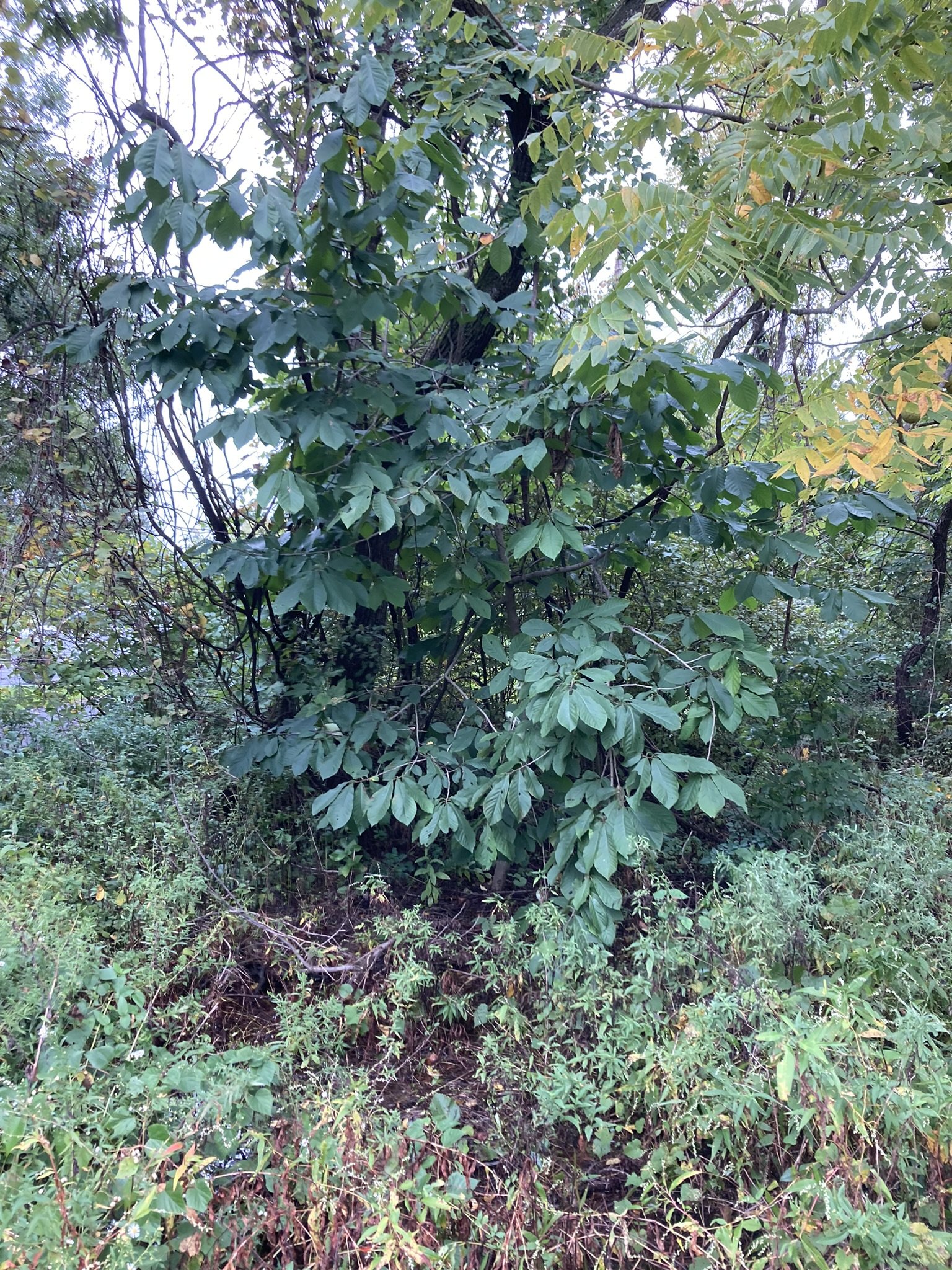 Image 1 of 14
Image 1 of 14

 Image 2 of 14
Image 2 of 14

 Image 3 of 14
Image 3 of 14

 Image 4 of 14
Image 4 of 14

 Image 5 of 14
Image 5 of 14

 Image 6 of 14
Image 6 of 14

 Image 7 of 14
Image 7 of 14

 Image 8 of 14
Image 8 of 14

 Image 9 of 14
Image 9 of 14

 Image 10 of 14
Image 10 of 14

 Image 11 of 14
Image 11 of 14

 Image 12 of 14
Image 12 of 14

 Image 13 of 14
Image 13 of 14

 Image 14 of 14
Image 14 of 14















American Sycamore
Platanus occidentalis
You don’t think that American Sycamores need any help with conservation do you? I don’t blame you, most would assume the same when you see their prevalence around even populated areas.
BUT, how sure are you REALLY that you are looking at a pure American Sycamore? Does it surprise you to hear that the native American Sycamore easily hybridizes with the foreign London Plane Tree? Did you know, that in previous habitat restoration projects, hybridized American Sycamores were unknowingly planted because wild seed can be contaminated with hybrid pollen?
You might have noticed this yourself if you have ever tried to differentiate between a London Plane Tree and an American Sycamore based on the usual characteristics - leaf morphology, bark color/pattern, bark pattern height, and number of achenes (fruit) per stalk. Ever find a tree that has a mix of all of these? If you are within an urbanized area, you probably have. The reason is hybridization (well, the London Plane is already a hybrid, so we are now talking about backcrossed hybridization, which is very hard to tell apart from pure species).
Once you see it, you can’t un-see it. It is rampant throughout northern DE where American Sycamores and London Plane Trees intermingle in great quantity.
This pattern is eerily similar to start of the Red Mulberry’s introgressive hybridization with the foreign White Mulberry. The Red Mulberry is currently endangered as pure specimens are now increasingly difficult to find.
While there are many scientific papers on this, the best documented example is actually with the Western Sycamore, as written in this Nature article.
Platanus occidentalis
You don’t think that American Sycamores need any help with conservation do you? I don’t blame you, most would assume the same when you see their prevalence around even populated areas.
BUT, how sure are you REALLY that you are looking at a pure American Sycamore? Does it surprise you to hear that the native American Sycamore easily hybridizes with the foreign London Plane Tree? Did you know, that in previous habitat restoration projects, hybridized American Sycamores were unknowingly planted because wild seed can be contaminated with hybrid pollen?
You might have noticed this yourself if you have ever tried to differentiate between a London Plane Tree and an American Sycamore based on the usual characteristics - leaf morphology, bark color/pattern, bark pattern height, and number of achenes (fruit) per stalk. Ever find a tree that has a mix of all of these? If you are within an urbanized area, you probably have. The reason is hybridization (well, the London Plane is already a hybrid, so we are now talking about backcrossed hybridization, which is very hard to tell apart from pure species).
Once you see it, you can’t un-see it. It is rampant throughout northern DE where American Sycamores and London Plane Trees intermingle in great quantity.
This pattern is eerily similar to start of the Red Mulberry’s introgressive hybridization with the foreign White Mulberry. The Red Mulberry is currently endangered as pure specimens are now increasingly difficult to find.
While there are many scientific papers on this, the best documented example is actually with the Western Sycamore, as written in this Nature article.































